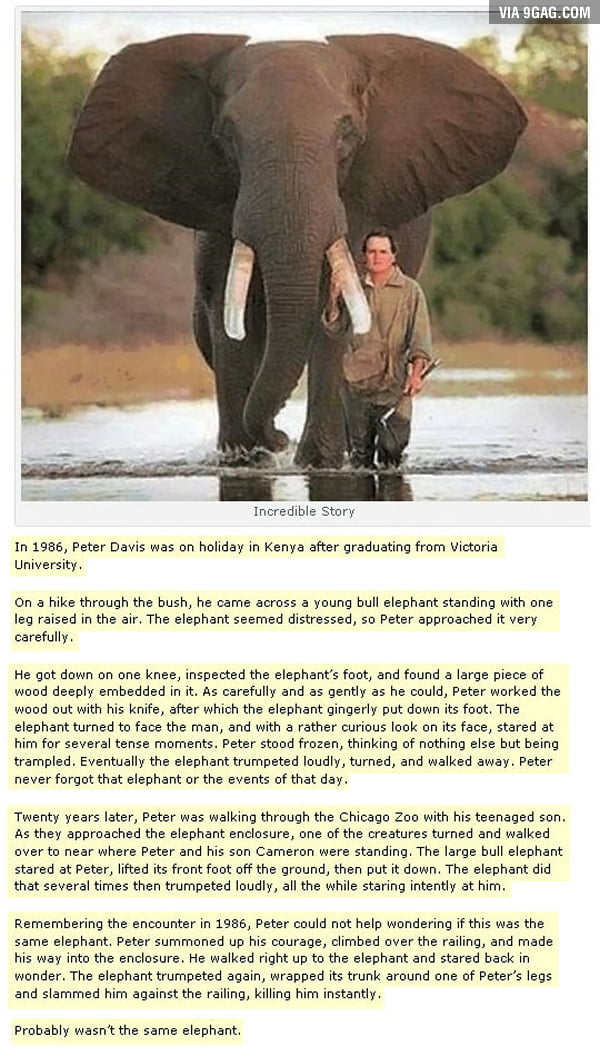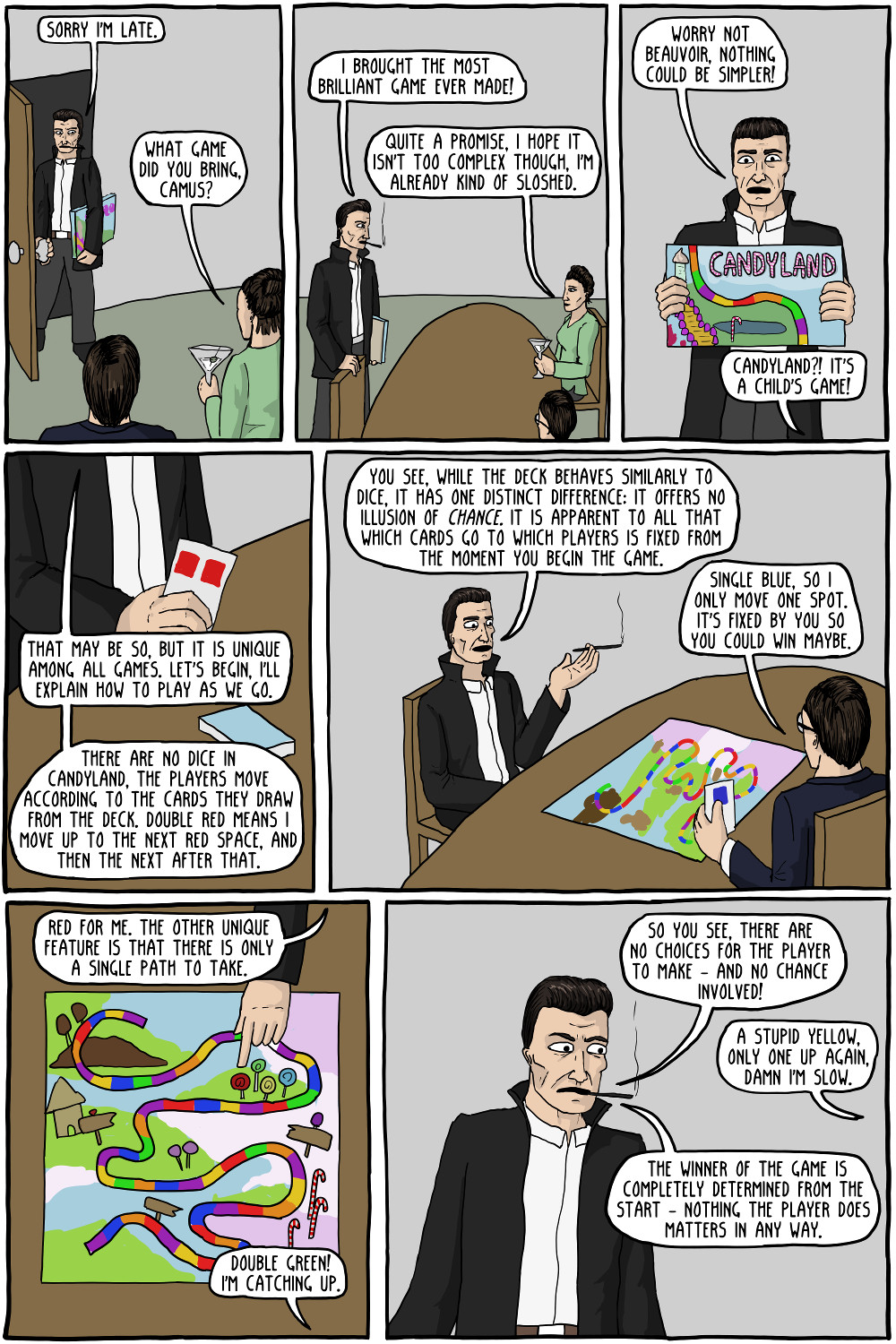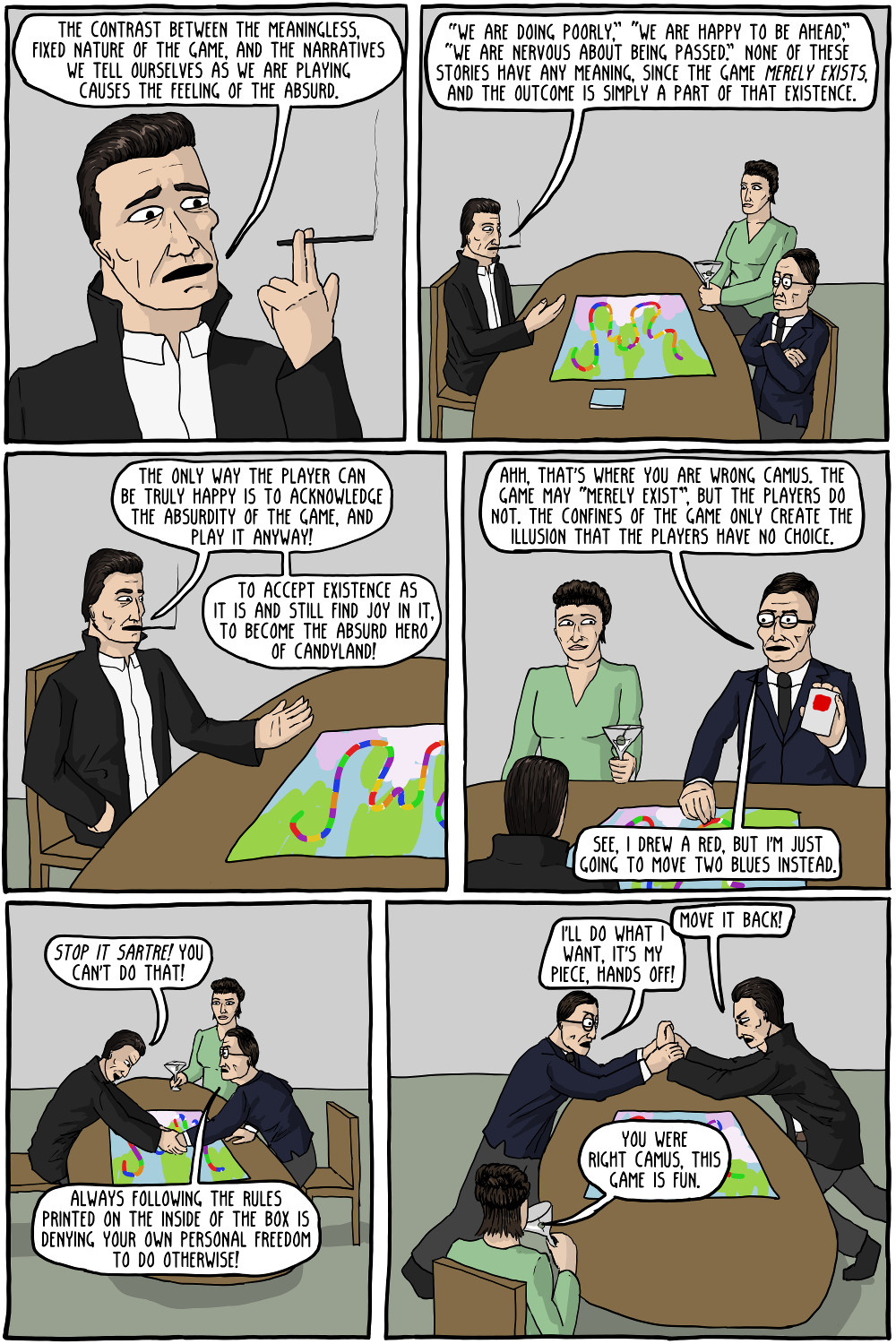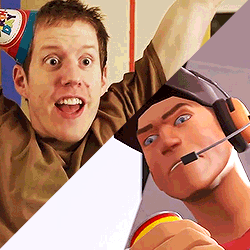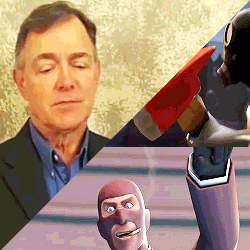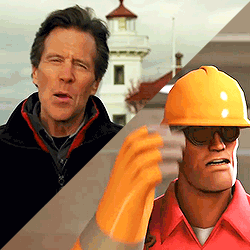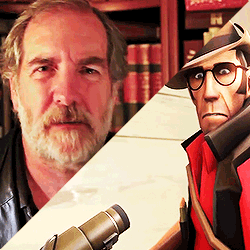
I’ve posted about getting people to like you, winning arguments and FBI methods for negotiation — but let’s take it to the next level.
There are ways to deal with people who are difficult but brass tacks here, folks: most of the people who cause you problems aren’t going anywhere.
You work with them, you live with them, heck, in many cases you love them, but the people closest to us can still cause a lot of problems.
How do we get them to behave better over the long haul?
I decided to call an expert. Dan Pink is the bestselling author of numerous great books about human behavior, including:
Drive: The Surprising Truth About What Motivates Us
To Sell Is Human: The Surprising Truth About Moving Others
His latest project is a TV show that uses social science in fun ways to see how we can nudge people to do the right thing.
It’s called Crowd Control and it premieres November 24th on National Geographic at 9PM EST.
I wanted to see what Dan learned making the show and what we can use to get coworkers, spouses and children to behave better.
In this post you’re going to learn:
- The one principle all behavior change hinges on.
- Where guilt, shame and plane crashes fit into this.
- Why the best way to get one person to change might involve 10 people.
- Why your first instinct about how to change people is wrong.
- The one technique that was so effective Dan now uses it to get his son to take out the trash.
Okay, change starts now. Let’s get to it.
First, Get Their Attention
Often we try to be subtle and then we’re shocked when people don’t do what we’d like — or even what’s best for them.
People need to see what they’re doing wrong and the effects those actions have. But for that to happen they need to really be listening.
For instance, we all know we should wear sunscreen. It’s good for you. But just like eating your vegetables, many of us don’t do it.
So Dan tried an experiment to get people’s attention and really show them why it was important.
Using high tech software he showed people what their face would look like years in the future if they didn’t use sunscreen.
When people saw their own faces aged, sun-damaged and wrinkled they were aghast. Some screamed.
Here’s a clip from the show.
Here’s Dan:
We had people who would come out of the booth after seeing that and immediately start applying sunscreen.
That got their attention.
We all spend 40% of the day on autopilot. Much of what we do every day is determined by habit and context, not by choice.
If change is going to happen we need to wake people up for a second so they see the problem.
(For more on how to work with difficult people, click here.)
Okay, attention is important. So should you just tell people what to do? Actually… that’s a really bad idea.
Telling People What To Do Doesn’t Work – But Showing Them Does
Setting an example is far more powerful than telling people what to do.
These days it seems like everyone is always busy on their phone. (You might be reading this on your phone right now.)
Often they’re not paying attention to anything around them. Dan thought it might be fun if phone zombies had their own lane. Here’s Dan:
So, with permission, we spray painted two lanes onto a large downtown sidewalk. One for people with cell phones. One for people without cell phones. Then we enlisted these five actors to be marshals of sorts. They wore these orange reflective vests and directed people. “Oh, cell phone lane is over here. Oh, you don’t have a cell phone? That’s your lane over here.”
You know what happened? People didn’t play along. In fact, they got angry. Nobody likes to be told what to do.
So Dan had his team take off the vests and just pretend to be pedestrians. Half of them took out their phones and walked in the phone lane.
The ones without phones walked in the other lane. And you know what happened?
Without a word, people complied. As crazy as a “phone lane” is, they joined right in without even thinking about it. Here’s Dan:
It’s all about social norms. The way to get people to change their behavior wasn’t to direct them like originally thought, but simply to get other people doing it. We all look around for cues about how to behave. The power of those social norms is remarkable. Social proof ended up being a really big factor. One of the big takeaways is that you can change individual behavior by targeting the group.
People wouldn’t take direction for the same reason people never take your advice: it’s a status issue.
If they do what you recommend, you’re “telling them what to do.” And, hey, you’re not the boss of me.
Via Your Brain at Work: Strategies for Overcoming Distraction, Regaining Focus, and Working Smarter All Day Long:
The source of the difficulty here lies in who comes up with the solution. Paul’s suggestion makes him look smarter, and Eric less smart. This impacts their relative status, which Eric is likely to fight against. The better Paul’s answer is, the more likely Eric might resist it. It’s bizarre… Paul’s giving out suggestions also threatens Eric’s autonomy: it’s no longer Eric’s choice to follow a specific path.
Research shows that autonomy makes us happier than money.
Leaders take note: the best way to get a bad employee to behave might be to ignore them and focus on having your good employees follow the rules.
Same is true for parents. If everyone in the house does it one way, that problem child might be more likely to fall in line.
(For more on how to win every argument, click here.)
Of course, getting a group of people to all comply can be tricky too. Is there a simpler method? Yes.
Make Them Feel Something
Engaging people emotionally can be far more effective at producing change (and easier) than trying to make them think.
People who aren’t disabled sometimes park in disabled spots. They know they shouldn’t, but they rationalize it away.
Big fines don’t stop them. But what happens when you put a face on the crime? What happens when you prime people for empathy?
Dan’s team changed the disabled parking signs so they had a photo of a person in a wheelchair on them looking right at you.
This did not reduce abuse of disabled spots –it totally eliminated it.
Cameras in the parking lot showed not a single person parked illegally while the new signs were up. What happened after the photos came down?
Here’s Dan:
Just two days after the signs came down somebody parked in a disabled spot… You can change how people act just by “putting a face on something.” In some cases, literally.
Getting people to feel something is powerful.
Research shows that guilting people works. Shame works. Even nagging works. (Sex studies show that when aroused, we’re different people.)
Lecturing people just bores them. Telling them what to do backfires. But if you make them feel what you’re feeling, you’ve got a shot. Here’s Dan:
We appeal to people’s empathy. It’s interesting and somewhat heartening that the way to change people’s behavior is to make our appeals more human and much less antiseptic and utilitarian.
(For more on how FBI hostage negotiators build empathy, click here.)
But some people are tough. What if none of this stuff works? There’s still something that can help.
When Nothing Else Works, Distract
Sometimes we can’t change people, but we can reduce problematic behavior by distracting them.
Dan and his team set out to stop jaywalkers. But that’s hard — jaywalking is so spontaneous.
Next to the button pedestrians hit to get the streetlight to change, Dan and his team set up a screen with a little video game.
You got to play a version of tug-of-war with the person on the other side of the street. This distracted people from the boring wait.
Not only did jaywalking decline, some people didn’t even cross the street because they wanted to keep playing the game. Here’s Dan:
What I loved about that one was not only did they not jaywalk, but they wanted to play again. We delayed them crossing the street and they stayed there. The research shows people actually experience time differently when they are occupied versus when they’re not occupied, or when they are distracted versus impatient.
Parents know that putting a movie on for the kids can keep them occupied. And that guy at work is less annoying when he has a deadline.
John Gottman, the relationship expert, has done research showing that 69% of a couple’s problems are perpetual.
Those issues aren’t getting resolved and fighting just makes everyone angry. Distraction can help.
Research shows distraction is great for reducing anger:
According to this theory, anger can be reduced indirectly by interfering with the feeling of anger rather than by dealing directly with the source of anger.
(To learn how you can use dog training methods — yes, dog training methods — to get people to change, click here.)
So distraction is a good weapon when nothing else works. But what strategy worked so well Dan now uses it all the time in his personal life?
Tell Them Why
Explaining to people why you need them to do something is incredibly simple — yet very effective.
Dan and his team wanted to get people to listen to the safety instructions flight attendants recite on airplanes.
So they had a whole group of people get into a test plane at a JetBlue facility. The plane never left the ground but it could simulate any part of a flight.
So after the flight attendant read the safety instructions they simulated a plane crash. Smoke, loud noises, the whole structure shook.
What happened? Here’s Dan:
The control group did terribly. They’d forgotten almost everything. The flight attendant said, “Many of these people would have died if this were a real emergency.”
So they rewrote the safety instructions explaining why each one of the things was important.
They gave explicit descriptions of the awful stuff that could happen to your body if you didn’t put your tray table up or wear your seatbelt. Here’s Dan:
“Please put your tray table up. If you don’t and you try to evacuate, it might puncture your abdomen and hurt your internal organs. Please put your bags underneath the seat in front of you. If you don’t, you risk falling, getting trampled and dying.”
With the new group they simulated the crash again. And this time everyone “lived.”
Research shows that making a request and explaining “why” has huge effects — even if the explanation is silly.
Via Brain Candy: Science, Paradoxes, Puzzles, Logic, and Illogic to Nourish Your Neurons:
At a Kinko’s, a customer asked to cut the long line for a copy machine, saying, “Can I jump the line because I need to make copies?” …Another used the phrase “Can I jump the line, please?” The result? Ninety-three percent versus 24 percent success, respectively.
Dan now uses this method to get his son to take out the trash:
I’ve got a 12-year-old son. Since we filmed that episode, I don’t say, “Saul, take out the garbage.” I’ll say, “Saul, take out the garbage, otherwise this area is gonna look really ugly.” Or, “Saul, please take out the garbage, otherwise it’s gonna start to smell.” That works half the time.
And as anyone who has dealt with a 12-year-old knows, 50% is very good.
(For more on how to deal with kids, click here.)
Okay, Dan’s given us a lot to work with. Let’s round it all up.
Sum Up
Five lessons from Dan’s experience on “Crowd Control”:
- First, Get Their Attention
- Telling People What To Do Doesn’t Work, Showing Them Does
- Make Them Feel Something
- When Nothing Else Works, Distract
- Tell Them Why
One last experiment from the show: they wanted people to wipe down machines at the gym after they used them.
So the makeup team did up an actor so that he was just drenched in sweat and totally repulsive.
The machine he used was disgusting by the time he was done with it. When he went to leave without cleaning it, people were yelling at him.
And afterward, of course, nobody wanted to be a hypocrite, so they all cleaned their machines when they were done. Very effective.
So nudging others to behave better can be a good path to something we all too often neglect — correcting our own behavior.
As Mark Twain quipped, “Nothing so needs reforming as other people’s habits.”
Join over 140,000 readers. Get a free weekly update via email here.
Related posts:
How To Make Your Life Better By Sending Five Simple Emails
How To Stop Being Lazy And Get More Done – 5 Expert Tips
New Harvard Research Reveals A Fun Way To Be More Successful
The post 5 Non-Evil Ways To Get People To Do What You Want, From Dan Pink appeared first on Barking Up The Wrong Tree.

/https%3A%2F%2Fblueprint-api-production.s3.amazonaws.com%2Fuploads%2Fcard%2Fimage%2F691211%2Fa4db8afd-b80a-40d3-aeed-b8fd0dd6cdc9.jpg)


